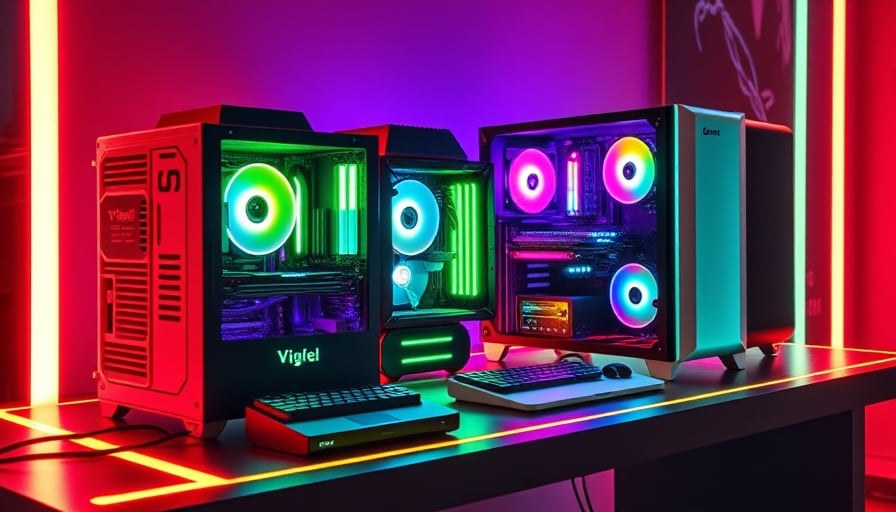Longsys Electronics Co., Ltd. Navigates a Surge in AI‑Driven Storage Demand
Shenzhen Longsys Electronics Co., Ltd., listed on the Shenzhen Stock Exchange, is positioned at the intersection of China’s booming artificial‑intelligence (AI) ecosystem and the escalating demand for high‑performance memory modules. Recent market activity highlights a sustained upward trajectory for storage‑chip related stocks, a trend that directly influences Longsys’s operating environment.
Market Context: A New Era of Memory Scarcity
Over the past months, Chinese and global electronics manufacturers have confronted a persistent shortage of dynamic random‑access memory (DRAM) and flash storage. The catalyst, according to industry insiders, is the rapid expansion of AI workloads—particularly large‑language models and machine‑learning inference—which consume memory at unprecedented rates.
The shortage has triggered a price‑inflation cycle that appears to be extending deeper into the fourth quarter. Sources within the storage supply chain have reported that several original equipment manufacturers (OEMs) have halted new quotations for certain DRAM and flash production lines. This has forced end‑users to absorb higher costs, a sentiment echoed by Xiaomi founder Lei Jun, who publicly remarked on the mounting price pressures in his social‑media statements.
The ripple effect is visible across the stock market. Several storage‑chip concept stocks have posted multi‑day gains, with some achieving historic highs during intraday trading. The “CPO” (co‑planar integrated circuit) and PCB (printed circuit board) sectors, closely tied to storage manufacturing, have also experienced robust performance. The surge in these segments has translated into significant inflows of institutional capital, with 42 concept categories receiving net purchases in the past three days. Among them, storage chips and CPO attracted the largest net inflow, underscoring the market’s confidence in the sector’s resilience.
Longsys’s Positioning in the Value Chain
Longsys Electronics specializes in the design and manufacture of electronic components, many of which serve as critical building blocks in memory modules and other AI‑enabled devices. While the company’s primary product line is not directly a memory chip manufacturer, its components—such as PCB substrates, connectors, and ancillary electronic assemblies—are integral to the final assembly of DRAM and flash products.
Given the current demand surge, Longsys benefits from heightened orders for its component supply, as manufacturers scramble to scale production to meet AI hardware needs. The company’s product portfolio aligns well with the industry’s shift toward higher density, lower power consumption, and greater thermal efficiency, all of which are prerequisites for next‑generation AI accelerators.
Financial Snapshot
At the close of 2025‑10‑23, Longsys traded at CNY 222, with a 52‑week range of CNY 223.88 to CNY 67.26. Despite a negative price‑to‑earnings ratio of ‑450.23—indicative of current valuation challenges—the firm’s substantial market capitalization of CNY 75.8 billion reflects investor confidence in its strategic positioning. The recent market rally in storage‑related stocks may help mitigate valuation pressures, provided the company can convert increased component demand into sustainable revenue growth.
Outlook
The AI‑driven memory shortage is unlikely to subside without significant capacity expansion by OEMs—a process that can span years. During this interim, component suppliers such as Longsys stand to benefit from the heightened demand for high‑quality substrates and interconnect solutions. Institutional capital continues to flow into storage‑chip and related concept stocks, suggesting that market sentiment remains favorable for companies operating within this value chain.
Longsys’s ability to scale production, manage supply‑chain constraints, and secure long‑term contracts with major memory manufacturers will be pivotal in capitalizing on the current uptrend. While the company’s valuation metrics remain aggressive, the broader industry dynamics provide a compelling case for sustained growth, especially as AI adoption accelerates across data centers, edge computing, and consumer electronics.
